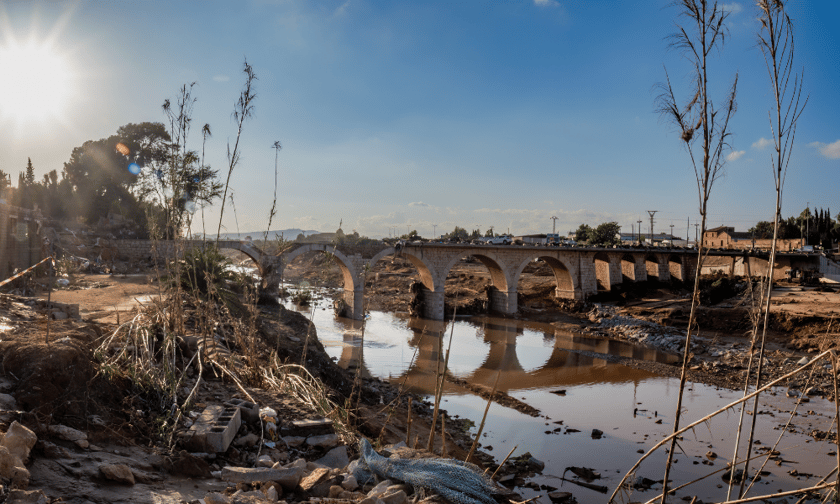

Recent floods in Spain, particularly in the Valencia and Malaga regions, have emphasized the importance of the Consorcio de Compensacion de Seguros (CCS) in bolstering the resilience of the Spanish re/insurance market against climate risks, according to Fitch Ratings.
The CCS, a government-managed entity, acts as a catastrophe insurer, covering losses from natural perils and socio-political risks. It is funded through mandatory surcharges collected on insurance policies.
Fitch notes that the CCS has played a significant role in mitigating financial impacts on insurers during natural disasters. From 1987 to 2022, the CCS disbursed €10.6 billion in compensation for extraordinary risks, with approximately 70% of payouts linked to flood-related events.
Between 2014 and 2023, the average combined ratio for multi-risk property insurance in Spain was 94%, reflecting the stabilizing influence of the CCS despite frequent weather-related claims.
While the recent floods are not expected to heavily impact the sector's combined ratio, Fitch highlights in its report that insurers in Spain will face claims for hail damage in the Valencia region, as such events are not covered by the CCS. This distinction underscores the limits of the government-backed scheme and the ongoing exposure of insurers to certain weather-related losses.
Fitch contrasts the Spanish model with Germany, which lacks a state-supported natural catastrophe insurance scheme. Despite calls for a national framework following disasters such as the 2021 Ahrtal floods, which caused €11 billion in insured damages, no progress has been made.
German insurers remain more exposed to financial risks associated with major natural disasters.
France’s Cat Nat scheme provides an alternative approach, ensuring comprehensive coverage for natural catastrophes through a state-supported mechanism. Managed by Caisse Centrale de Réassurance (CCR), the system offers unlimited reinsurance guarantees and mandates that insurers provide coverage for natural disasters.
CCR can cover up to 100% of losses beyond a defined threshold, ensuring market stability and timely compensation for policyholders.
Italy plans to introduce mandatory natural catastrophe insurance for small and medium-sized enterprises (SMEs) starting in 2025, according to Fitch. Under the proposed framework, SACE, a publicly controlled entity, will reinsure up to 50% of indemnities.
This measure aims to improve market stability and expand insurance coverage for Italian businesses. However, Fitch notes that the transition will likely take time as SMEs adapt to the new requirements.
Fitch highlights that Europe’s varied approaches to managing natural catastrophe risks reflect differing levels of state intervention and reliance on market mechanisms. Government-backed schemes like Spain’s CCS and France’s Cat Nat are viewed as credit positives for insurers, enhancing their ability to withstand financial shocks from climate-related disasters.
As the frequency and severity of such events increase due to climate change, Fitch expects the importance of these schemes to grow in supporting market stability and ensuring compensation for policyholders.
What are your thoughts on this story? Please feel free to share your comments below.
